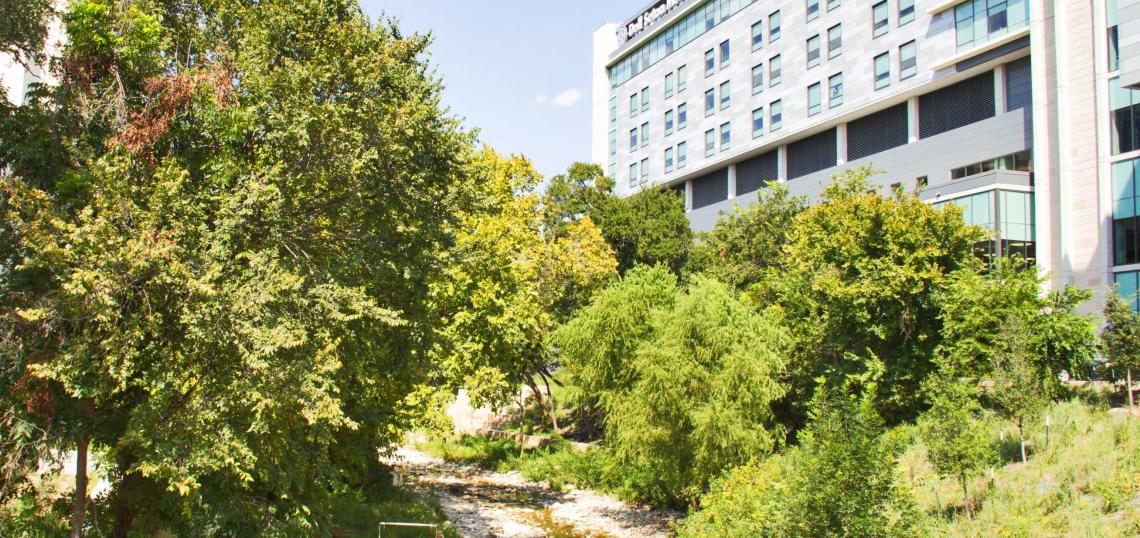Leaving aside what they might mean, exactly, we can all agree that terms like "health," "wellness," and "sustainability" are more or less built in to the jargon surrounding new office development. The commercial real estate market recently made a pandemic-entwined pivot to healthier, or at least healthier-seeming, structures of all kinds, with features meant to encourage fitness, such as gyms and cold-plunge tanks. Air circulation became very, very important.
With the undeniable effects of climate change's added urgency, developers now also include "eco" in their pitches—and maybe, just maybe, in their buildings.
Inevitably, these healthy/well, eco-sustaining qualities will be ranked—and indeed have been.
An outfit called 42Floors—one of the sites that drinks from a bountiful well of Yardi Matrix data—has set out to rank the most eco-friendly office markets within the U.S. according to eight metrics that analyze each location’s sustainability performances, both in terms of the building itself (certifications, energy efficiency, and materials used) and the environment in which the green office is located (building policies, EV charging stations, public transit, and walkability).
Here are some highlights and insights into how our favorite Texas capital city fared:
- Austin ranked ninth in the top 10 most eco-friendly office markets, with a total of 44.2 points.
- The city got the best score among the top markets for its LEED-certified office space growth, with "green" office inventory growing by almost 5 percent between 2018 and 2022.
- In Austin’s office market, 11 percent of the properties are certified LEED Gold, and 3.3 percent are LEED Platinum.
- Austin came in third place in the Southern regional ranking, ahead of Houston, which landed in fifth place.
Overall, Washington, D.C., topped the list of the 10 most eco-friendly office markets by virtue of having the highest ratio of energy-efficient buildings.






